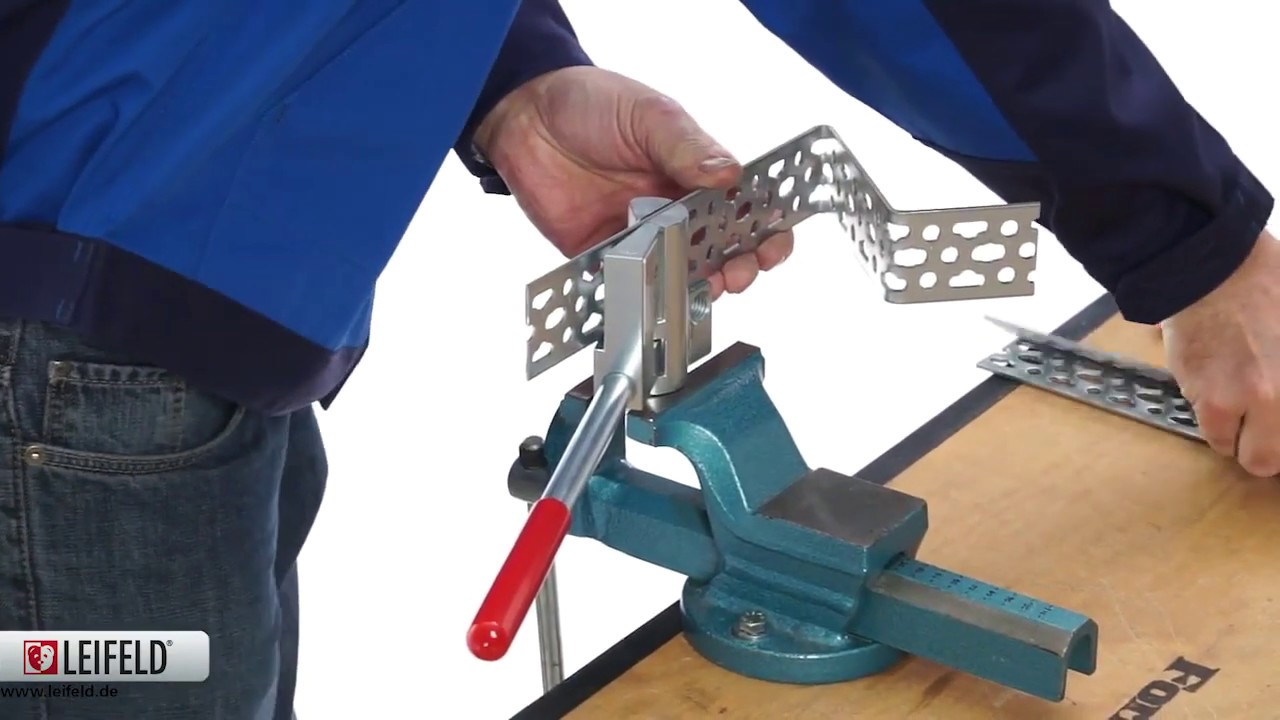SF6 phase-out is positive but must ensure safe operation of existing grid infrastructure

WindEurope welcomes the European Commission’s proposal on a new regulation on fluorinated greenhouse gases that will ensure the gradual phase-out of SF6 in electrical switchgear. But the phase-out of SF6 must not undermine the safe operation of existing grid infrastructure.
WindEurope welcomes the European Commission’s proposal on a new regulation on fluorinated greenhouse gases that will ensure the gradual phase-out of SF6 in electrical switchgear. This recognises the technological advances made by the electric equipment manufacturers in developing SF6-free equipment to help deliver a more sustainable energy system in line with the EU’s energy and climate commitments.
Wind energy is 17% of all the electricity that we consume in Europe today. The EU has 204 GW of wind energy capacity installed. To deliver on the REPowerEU ambitions of 55% greenhouse gas emission reduction and more energy independence Europe will need 440 GW of wind energy by 2030. That’s adding on average of 31 GW each year for the next 8 years.
Delivering on these ambitions requires a stable and secure supply of electrical switchgear and circuit breakers needed for the rapid expansion of EU electricity networks on which the energy transition relies. Grids are the backbone of Europe’s future electricity system. Europe must double its current grid investments to €66-80bn annual investments over the next 30 years.
No retroactive application of the SF6 phase-out
But the proposed SF6 phase-out must be done on a timely and realistic manner to ensure the supply chain can scale up production of SF6-free solutions and that TSO/DSO to safely continue operating existing equipment until the end of its lifetime. Retroactive measures will reduce the safety and reliability of the power grid, create additional supply bottlenecks, and slow down the deployment and connection of new wind farms.
Policymakers need to do three things to ensure the F-gas regulation does not undermine the expansion of grid infrastructure required for Europe’s energy transition towards an electrified energy system with high shares of renewables. Failure to do so will make it harder for the EU to achieve climate neutrality in time:
- Make use of all available sustainable SF6-free solutions currently under development. This can easily be done by setting a global warming potential threshold of 1,000 GWP for new high-voltage equipment.
- Avoid any retroactive measures limiting maintenance and repairability of existing installations.
- Avoid additional testing requirements that will result in more equipment downtime and emissions.
Background:
Electrical switchgear, circuit breakers, and other gas-insulated equipment play a crucial role in securing the stability and reliability of transmission and distribution networks. They are used across all voltage levels. On the higher voltage levels (more than 52 kV) they typically rely on SF6. SF6 or sulphur hexafluoride is a fluorinated gas with much higher Global Warming Potential (GWP) than CO2. Grid equipment manufacturers have made enormous progress in developing reliable SF6-free solutions for electrical equipment. These solutions are now commercially available at medium-voltage levels with the high-voltage levels following soon. When used, all of these solutions provide at least a 95% reduction in Global Warming Potential compared to SF6.


















